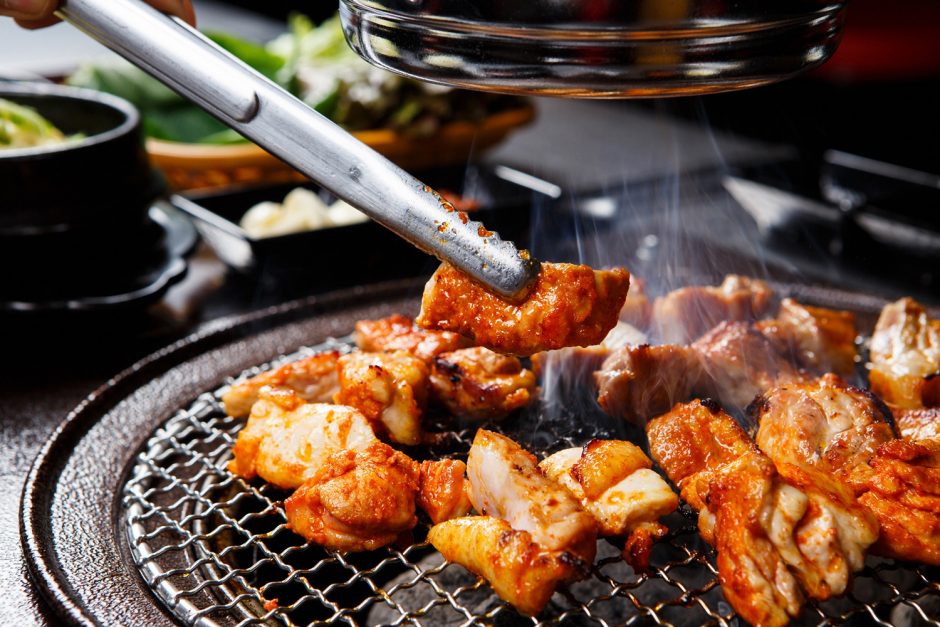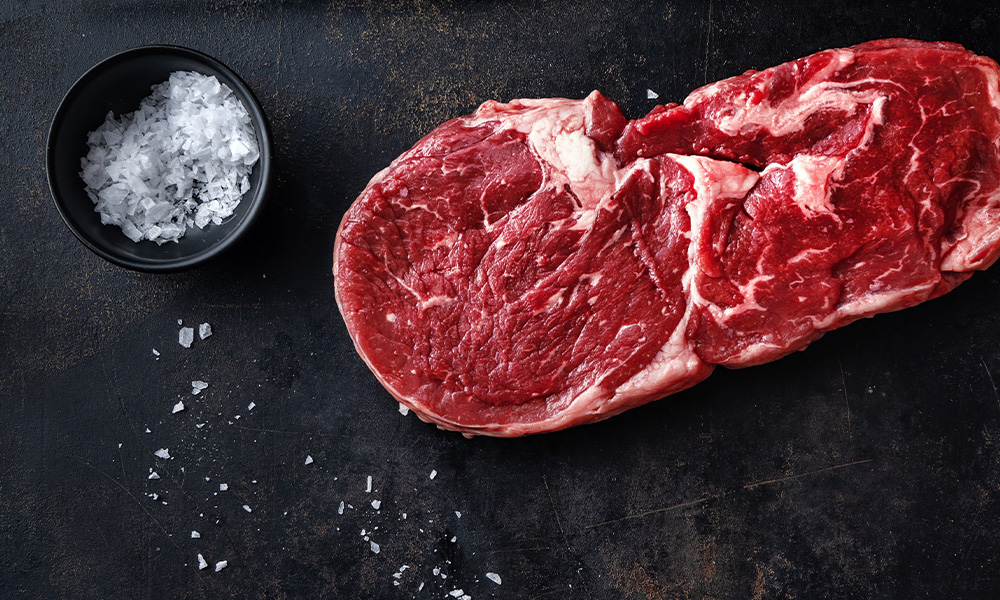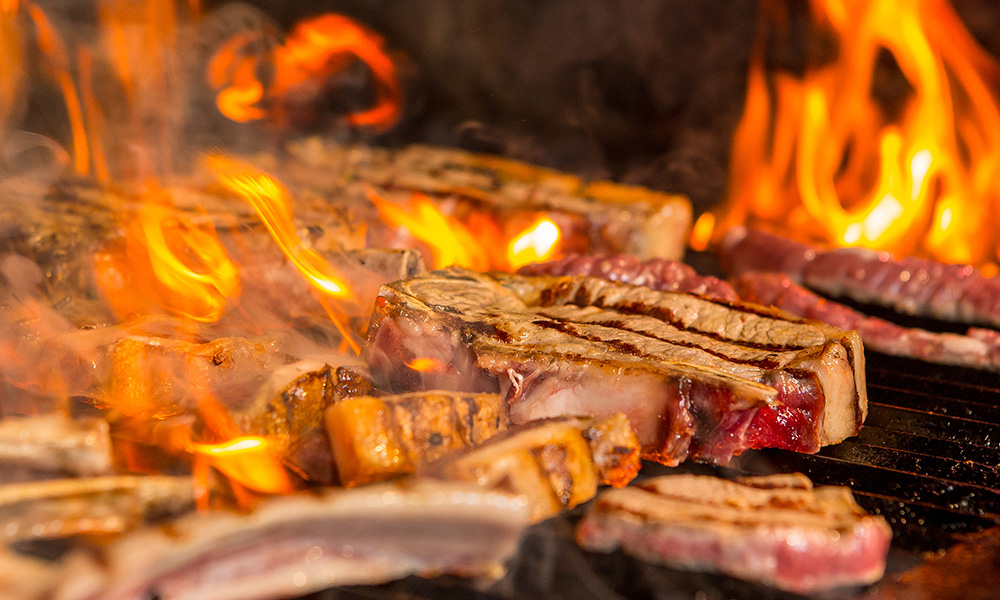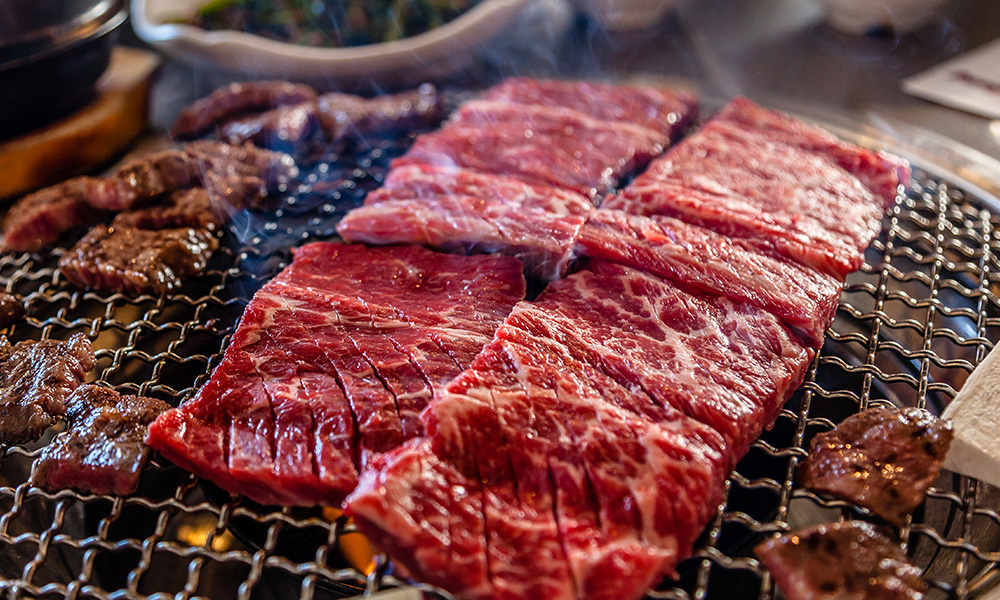Perk Up with 6 Tasteful Malaysian Drinks
Lighten your mood and rejuvenate your senses with 6 must-try Malaysian drinks!
Discover the authentic in Asian cuisine food

Korean barbecue, or Korean barbecue – or gogi-gui, literally translated as “meat roast” – is now one of the most popular forms of Asian eating in the world. From humble beginnings in the wilds of the Korean peninsula to a lock on most major cities must-eat list, gogi-gui is without a doubt one of the tastiest and best ways to enjoy Korean food.

With a wide variety of meat, veggies and sauces to select from, the choose-your-own-adventure style of eating is hugely popular amongst people from all walks of life, whether it’s a group of students needing a late night post-study feed or a couple of investment bankers needing a quick nosh post-knock-off.
But to truly enjoy the delicious product we have today, we think it’s best to know the history behind it. So come with us as we walk back through the mists of time and try to lift the veil on the history of gogi-gui.
Koreans are descended from a raft of nomadic tribes, some from Siberia, some from central Asia. One of those tribes were the Maek, a wandering group of people who left their territory in central Asia to go east. The Maek finally reached Manchuria and the peninsula Northeast Asia where most of Korea is now situated.

It is said the Maek group brought a hardy meat dish with them so they could have enough sustenance to survive the harsh elements that they expected to face during their journey. Maekjeok was its name and contained meat pre-salted to help preserve it on the journey.
After the spread of Buddhism to the Korean peninsula, the eating of meat was generally prohibited and maekjeok almost disappeared. It was only the members of very small tribes living on the fringes who continued to regularly eat meat.

The invading Mongols then normalized the eating of meat when they waged their campaigns between 1230–1271 AD. Maekjeok made a comeback as supplies dwindled and meat needed to be kept for longer. Over time, maekjeok became seoryamyeok, a brothy dish of marinated beef soaked in cold water, which by the early 20th century gave way to neobiani, a luxurious dish of thinly-sliced, marinated and charbroiled beef favoured by Korean royalty.
From the 1920s onward, meat production was commercialized and became much more widely available across Korea. But with the Japanese invasion and occupation followed by the Korean war, many Koreans left the peninsula to resettle overseas.

Like many different waves of immigrants, the Koreans came with little more than their culture, which they quickly established where ever they settled. Again, like many different waves of immigrants, this meant opening restaurants and food shops. As Korean barbecue was so easy to cook, whether by the diners or the waiter, and the flavours were so friendly to foreign palates, gogi-gui quickly became a culinary sensation and started to develop a dedicated following.
So there you have it, from the plains of Manchuria to around the corner from your place, gogi-gui has had a pretty fascinating history. And if it isn’t part of your history yet, it’s about time you went and tried it!

Lighten your mood and rejuvenate your senses with 6 must-try Malaysian drinks!

Pair your hearty barbecues with these refreshing Asian delights!

What are the properties of ginger, and how to pick, store and use ginger in your cooking? Find out here!